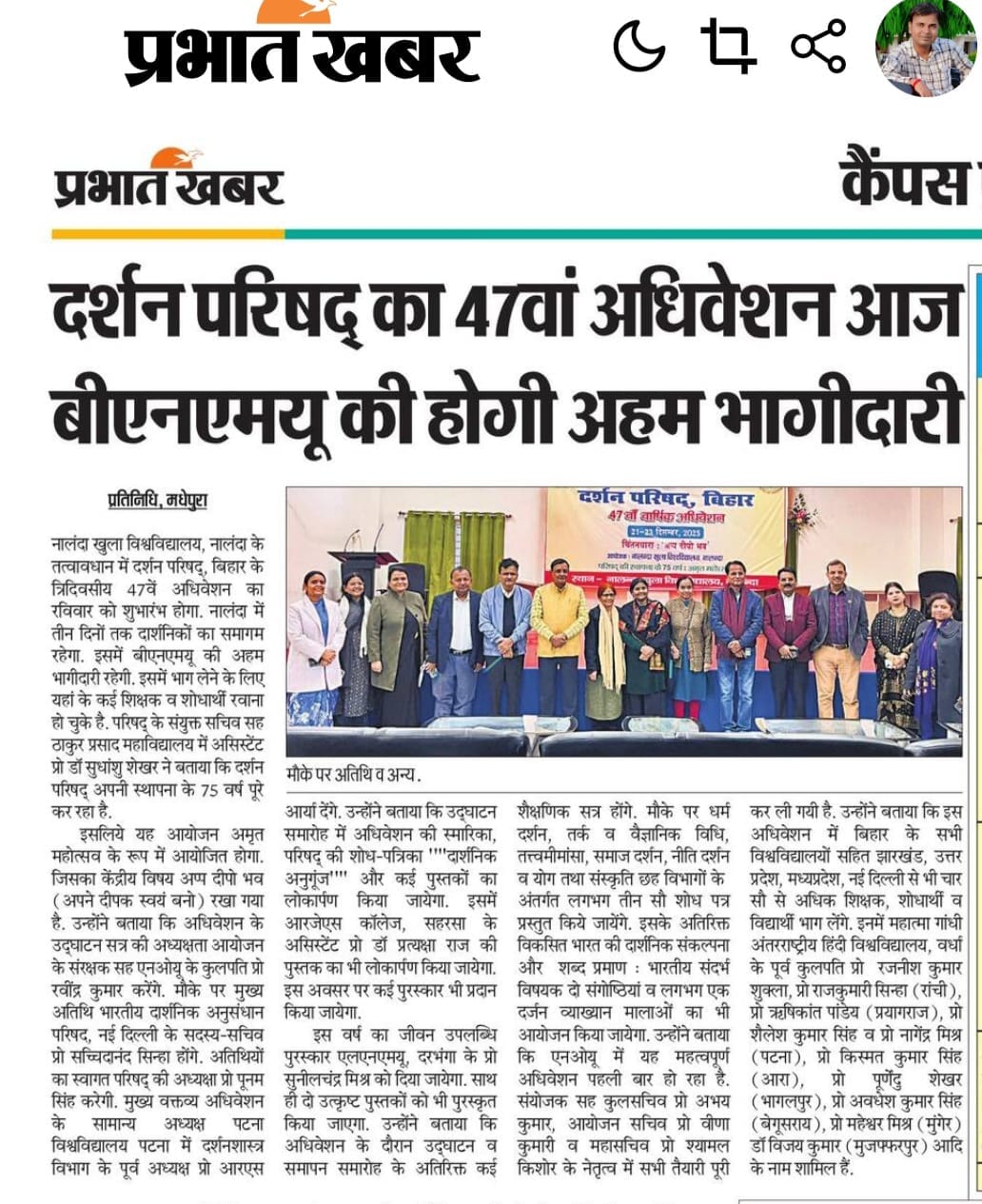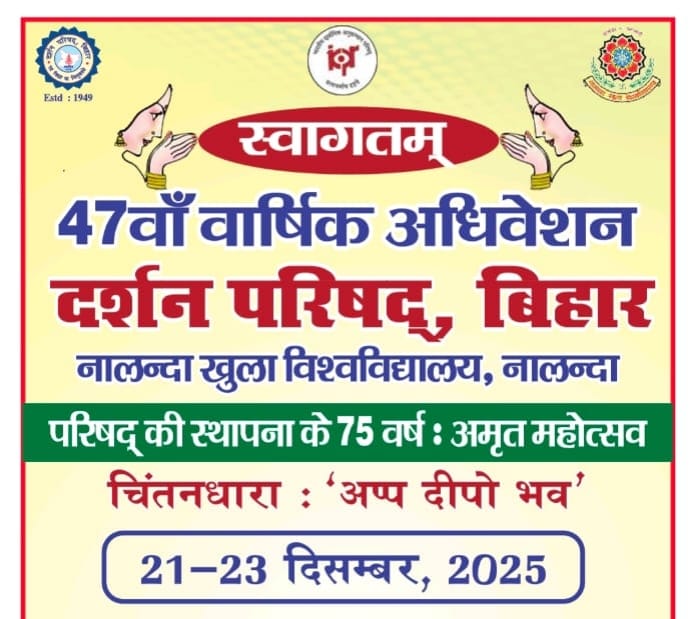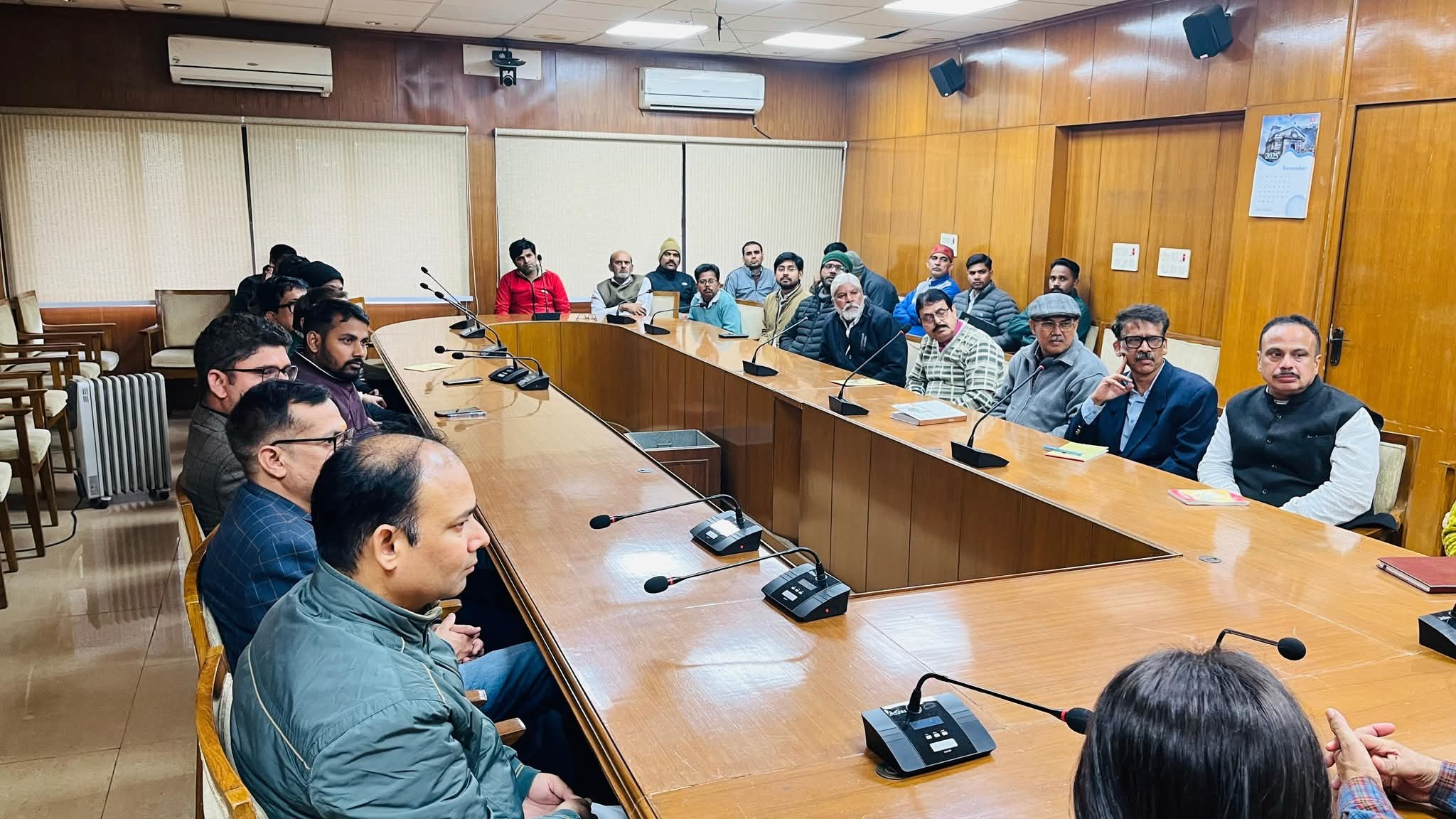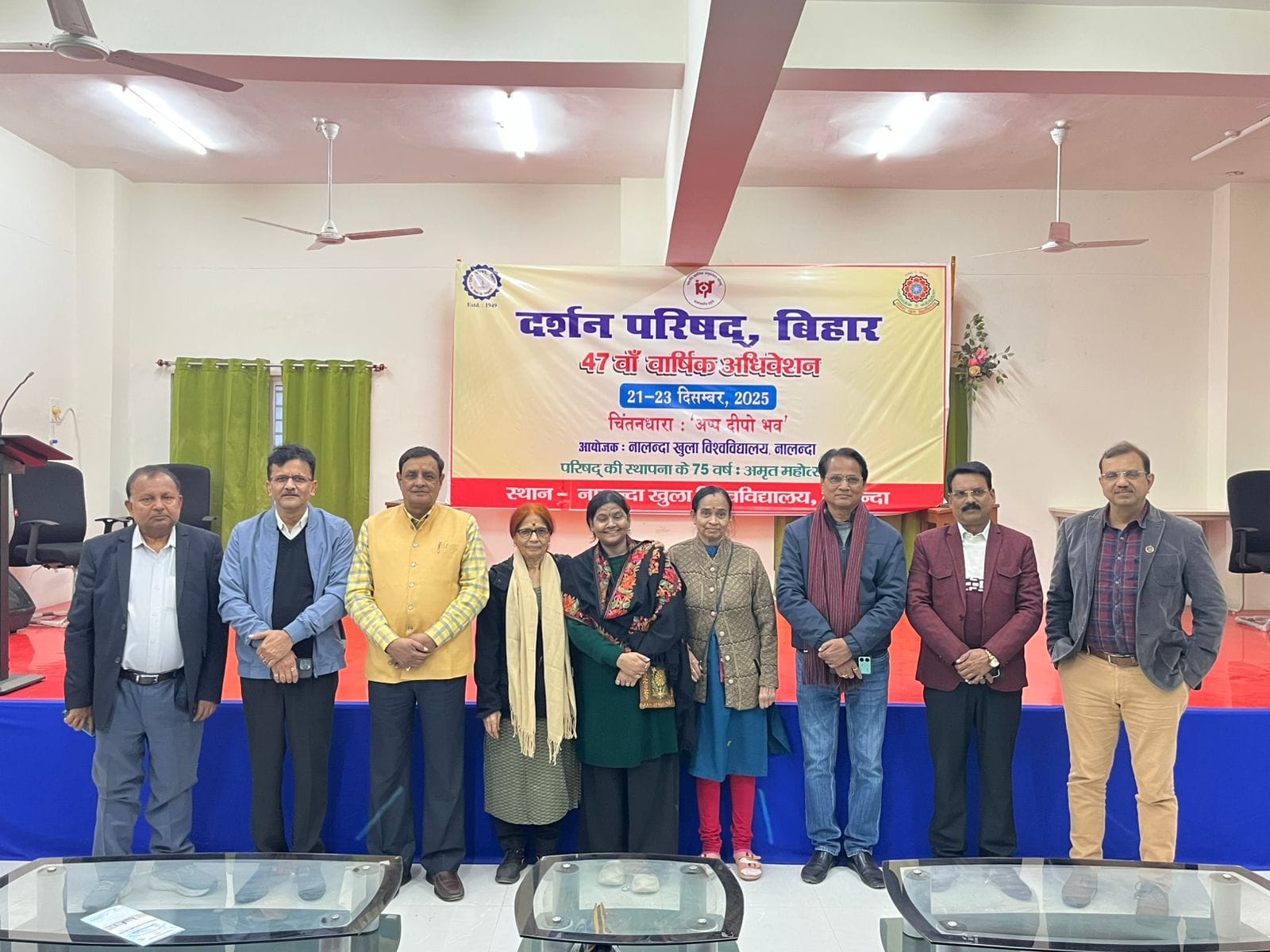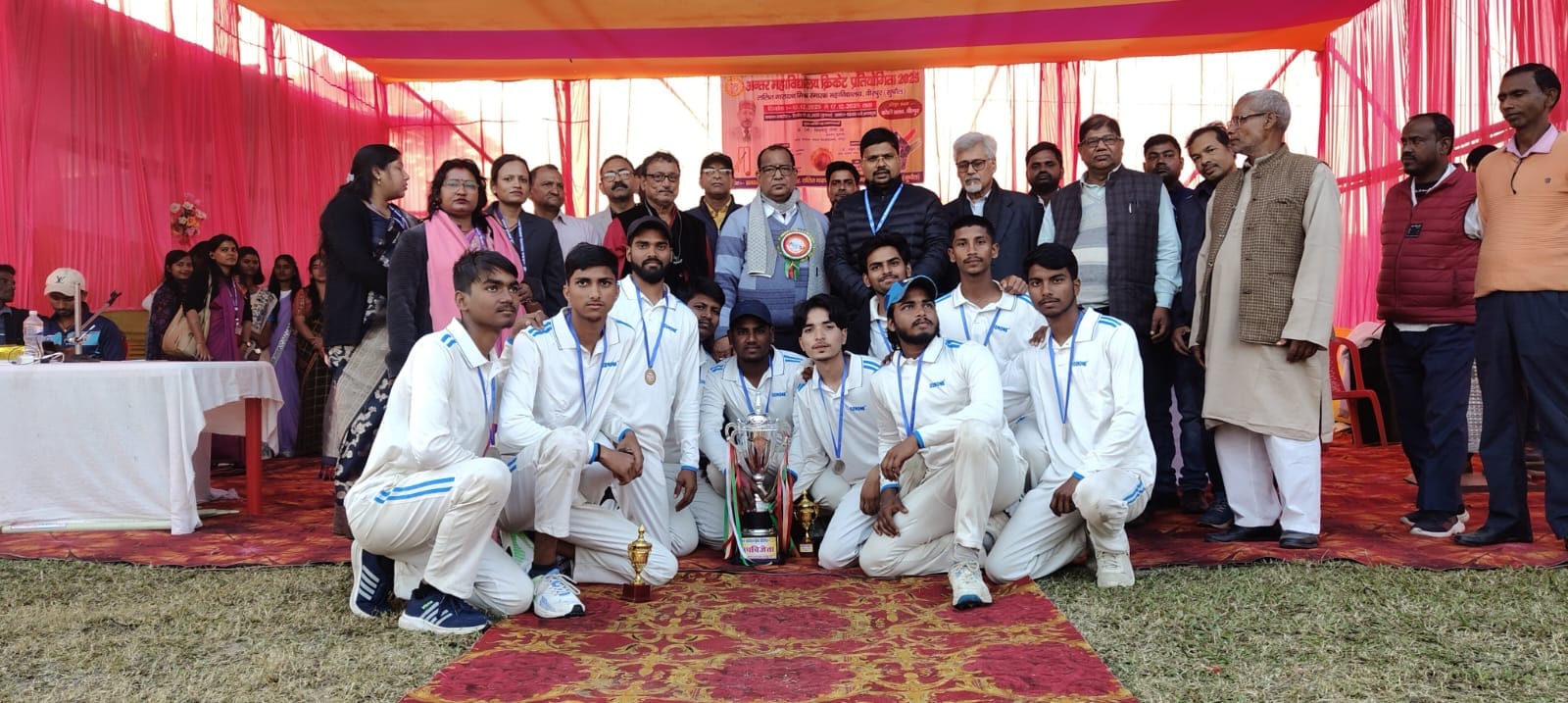Nutrition, Health and Literacy Human nutrition deals with the provision of essential nutrients in food in that are necessary to support human life and good health. Poor nutrition is a chronic problem often linked to poverty, food security and poor knowledge about nutrients required by the body at various stages of life to prevent deficiency of nutrients in body which can have adverse effects on body. Malnutrition and its consequences are large contributors to deaths, physical deformities and disabilities worldwide. Good nutrition is necessary for children to grow physically and mentally and for normal human biological development.
- The seven major classes of nutrients are carbohydrates, fats, fiber, minerals, vitamins and water. Nutrients can be grouped as either macronutrients or micronutrients (needed in small quantities). Carbohydrates, fats and proteins are macronutrients and provide energy, water and fiber are macronutrients but do not provide energy. The micronutrients are minerals and vitamins.
- Our level of literacy directly affects our ability to not only act on health information but also to take more control of our health as individuals, families and communities.
- Carbohydrate: Carbohydrates may be classified as monosaccharides or polysaccharides depending on the number of monomer (sugar) units they contain. They make up a large part of food such as rice, noodles, bread and other grain based products, they are not an essential nutrients, meaning a human does not need to eat carbohydrates. The brain is the largest consumer of sugars in the human body for energy, if glucose is insufficient however, it switches to using fats.
- Fat: A molecule of dietary fat typically consists of several fatty acids (containing long chains of carbon and hydrogen atoms), bonded to a glycerol. They are typically found as triglycerides (Three fatty acids attached to one glycerol back bone). Fats may be classified as saturated ( fats have all of the carbon atoms in their fatty acid chains bonded to hydrogen atoms) or unsaturated ( fats have some of these carbon atoms double bonded, so their molecules have relatively fewer hydrogen atoms then saturated fatty acids involved. Saturated fats ( typically from animal sources) have been a staple in many world cultures for millennia. Unsaturated fats (e.g. vegetable oil) are considered healthier, while trans fats ( a type of unsaturated fat with trans isomer bonds, rare in nature) to be avoided.
- Fiber: Dietary fiber is a carbohydrate, specifically a polysaccharide, which is incompletely absorbed in humans and in some animals. The two subcategories are: (b) Insoluble dietary fiber: consists mainly of cellulose, a large carbohydrate polymer, that is indigestible by human, because human do not have the required enzymes to break it down and the human digestive system does not harbor of the types of microbes that can do so. (b) Soluble dietary fiber: comprises variety of oligosaccharides, waxes, esters, and other carbohydrates that dissolve in water. Many of these soluble fibres can be fermented or partially fermented by microbes in the human digestive system to which can absorbed and therefore introduce some caloric content. Whole grains, beans, and other legumes, fruits and vegetables are good source of dietary fiber. Fiber is important to digestive health and is through to reduce the risk of colon cancer. Fiber can help in alleviating both constipation and diarrhea by increasing the weight and size of stool and softening it.
- Protein: Protein are the basis of many animal body structures (e.g. muscles, skin, and hair) and form the enzymes that control chemical reactions throughout the body. The most important aspect and defining characteristics of protein from a nutritional standpoint is its amino acid composition. For all animal, some amino acids are essential (an animal cannot produce them internally so they must be eaten) and some are non essential (the animal can produce them from other nitrogen containing compounds). About twenty amino acids are found in the human body and about ten of these are essential. A complete protein source contains all the essential amino acids, an incomplete protein source lacks one or more of the essential amino acids. Excess amino acids from protein can be converted into glucose and used for fuel through a process called gluconeogenesis.
- Water: Water is excreted from the body in multiple forms, including urine and feces, sweating and by water vapour in the exhaled breath. Therefore, it is necessary to adequately rehydrate to replace lost fluids. Early recommendations for the quantity of water required for maintenance of good health suggested that 6-8 glasses of water daily in the minimum to maintain proper hydration.
- Minerals: Dietary minerals are inorganic chemical elements required by living organisms, other than the four elements carbon, hydrogen, nitrogen and oxygen that present in nearly all organic molecules. Some have roles as cofactors, while others are electrolytes. Macrominerals: The minerals required in the largest quantities are generally electro lytes, these include elements with recommended dietary allowance (RDA) greater than 150 mg/day. For example, calcium, magnesium, phosphorus, potassium, sodium, chloride. Trace minerals: Many elements are required smaller amounts (microgram quantities, RDA˂200 mg/day), usually because they play a catalytic role in enzymes. For example, Cobalt, Copper, Chromium, Iodine, Iron, Manganese, Molybdenum, Selenium, Zinc
- Vitamins: Except for vitaminD, vitamins are essential nutrients, necessary in the diet for food good health. Vitamin D can be synthesized in the presence of UV-B radiation (Many animal species can synthesize vitamin C, but human cannot. Vitamin deficiencies may result in disease conditions, goiter, scurvey, osteoporosis, impaired immune system, disorder of cell metabolism, certain forms of cancer, symtoms of premature aging and poor psychological health.
- Illness caused by underconsumption and overconsumption
Nutrients Deficiency Excess
Macronutrients
Simple carbohydrates None Obesity, diabetes mellitus, cardiovascular disease
Complex carbohydrates None Obesity, cardiovascular disease
Protein Kwashiorkor Obesity, Rabbit starvation
Protein & carbohydrate Marasmus Rabbit starvation
Saturated fat Low testosterone levels Obesity cardiovascular disease
Trans fat None Obesity, cardiovascular disease
Unsaturated fat Fat soluble vitamin deficiency Obesity, cardiovascular
Micronutrients
Vitamin A Xeropthalmia, night blindness Hypervitaminosis A
Vitamin B1 Beri-Beri ?
Vtamin B2 Skin and corneal lesions ?
Niacin Pellagra Dyspepsia, birth defects
Biotin Biotin deficiency Reproductive and tetratogenic effects
Vitamin B12 Pernicious anemeia ?
Vitamine C Scurvy Diarrhea causing dehydration
Vitamin D Rickets, Hypovitaminosis D Hypervitaminosis D
Vitamin E Neurological disease Hypervitaminosis E, liver damage
Vitamin K Hemorrhage Liver damage
Macrominerals
Calcium Osteoporosis, tetany Fatigue, depression, confusion
Magnesium Hypertension weakness, nausea, vomiting
Potassium Hypokalemia Hyperkalemia
Sodium Hyponatremia Hypertension
Trace minerals
Iron Anemia Heart disease, cirrhosis
- Literacy in its most direct definition, is the ability to read, write, listen, comprehend, and speak a language. There are following types of literacy:
[1] General literacy: Reading ability, Numeracy, Numeracy, Listening and speaking ability, comprehension ability, Neotiation skills, Critical thinking judgement.
[2] Health literacy: Ability to find, understand and communicate health information, ability to assess health information.
[3] Other literacy: Scientific, Computer, Cultural media etc.
- Effects of literacy: Direct health status-Quality of life, Indirect- Uses of services, Income, Work environment, Stress level, Life styles.
- Literacy rates vary widely from country to country and even from region to region, a variation that often concides with the region’s wealth or urbanization. However, many factors can play a role, for example, certain social customs limit the education of females in some countries. In non industrialized populations with the lowest literacy rates have the poorest health status. Health literacy is defined as the cognitive and social skills that determine a person’s motivation and ability to gain access to understand, and, and use information in ways that promote and maintain good health. Health literacy brings together many concepts that relate to what people need in order to make effective decisions about health for themselves and their families.
- Some studies have shown that inadequate health literacy is associated with unhealthy behaviours such as smoking, physical inactivity and poor diet in the general population. Health literacy requires some additional skill, including those necessary for finding, evaluating and integrating health information from a variety of contexts. It also requires some knowledge of health related vocabulary as well as the culture of the health system. If the people cannot obtain, process and understand basic health information, they will not be able to look after themselves or make sound health related decisions. People with low health literacy have poorer health status and higher rates of hospital admission, are less likely to adhere to prescribed treatments and care plans, experience more drug and treatment errors and make less use of preventive services. Health literacy plays a crucial role in chronic disease self management.
- Factors and conditions that influence literacy rates: Education, Personal ability, Early childhood development, Aging, Living and working condition, Gender, Culture and language. A person’s literacy helps strengthen the link between the fields of health and education. Health literacy not only leads to personal benefits, but to social ones as well, such as of the development of social capital.
Dr. Raju Kulkarnee, GuestAsst. Professor (Botany Dept.), R.M. College, Saharsa, BNMU, Madhepura



